LA SIESTA (라시에스타)
7.1Km 2021-03-29
4, Hyoryeong-ro 2-gil, Seocho-gu, Seoul
+82-2-587-9087
A place where you can enjoy various Western dishes. This restaurant's signature menu is pasta. This Western dishes restaurant is located in Seocho-gu, Seoul.
Olive Young - Daehakro Branch [Tax Refund Shop] (올리브영 대학로점)
7.1Km 2024-06-27
1F~3F, 237, Changgyeonggung-ro, Jongno-gu, Seoul
-
A Flower Blossom on the Rice (꽃,밥에피다)
7.1Km 2023-10-10
3-6 Insadong 16-gil, Jongno-gu, Seoul
A Flower Blossom on the Rice serves beautiful, healthy meals using ingredients grown in accordance with eco-friendly practices. Diners can expect to enjoy dishes made with organic rice grown in Bongha Village, pesticide-free vegetables, wheat, traditional pastes, and undyed meats. Popular menus include the vegetable course, suitable for vegans, the tteok bulgogi made with Korean beef, braised rockfish harvested around Heuksando Island, and the five-colored bojagi bibimbap.
Kkotbabe Pida (꽃밥에피다)
7.1Km 2021-03-26
3-6, Insadong 16-gil, Jongno-gu, Seoul
+82-2-732-0276
It is a 2021 Michelin Guide restaurant. This restaurant's signature menu is bibimbap. This Korean dishes restaurant is located in Jongno-gu, Seoul.
PORKLAND (포크랜드)
7.1Km 2021-03-30
258-10, Changgyeonggung-ro, Jongno-gu, Seoul
+82-2-745-7878
It is a place that not only office workers but also college students often visit. The best menu at this restaurant is spicy pork shoulder shabu-shabu. This Korean dishes restaurant is located in Jongno-gu, Seoul.
Isu Jokbal (이수족발)
7.1Km 2021-03-29
42, Bangbaecheon-ro 4-gil, Seocho-gu, Seoul
+82-2-534-0303
A place that serves Jokbal (pig’s feet) using Korean pork. The best menu at this restaurant is braised pigs' feet. This Korean dishes restaurant is located in Seocho-gu, Seoul.
Jogyesa Temple (조계사(서울))
7.1Km 2024-10-25
55 Ujeongguk-ro, Jongno-gu, Seoul
As the main temple as well as the district head temple of the Jogye order in Seoul, Jogyesa Temple is the center of Korean Buddhism. The temple was built in the late 14th century during the Goryeo period but was completely destroyed in a fire. It was rebuilt under the name of Gakwangsa Temple in 1910 with the effort of many respectful monks, namely Han Yong-un and Lee Hee-gwang. The temple was given a role as the head temple of Korea’s Buddhism and renamed to Tegosa Temple in 1936. In 1954, a purification drive took place to eliminate Japanese influence and revive traditional Buddhism, which established the present day Jogyesa Temple as a result.
Jogyesa Temple plays an important role in Korean Buddhism as the head temple of the Jogye order. Jogyesa Temple’s Dharma Hall serves as the main venue for several Buddhist events, holding rituals, lectures, ceremonies, and other events all year long. The annual lantern festival in celebration of Buddha's birthday also takes place at this temple.
Olens - Chung-Ang Univ. Branch [Tax Refund Shop] (오렌즈 중앙대)
7.1Km 2024-04-16
1F, 87-1, Heukseok-ro, Dongjak-gu, Seoul
-
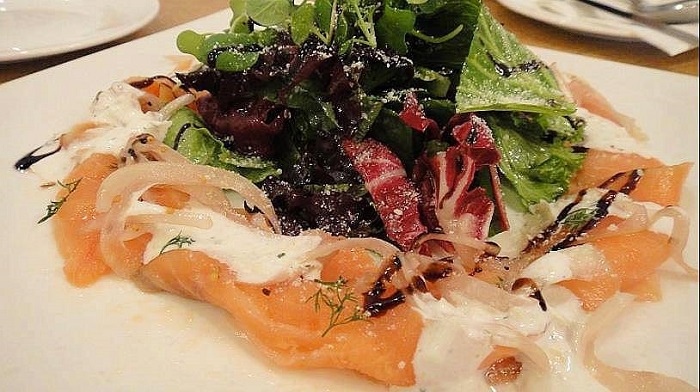

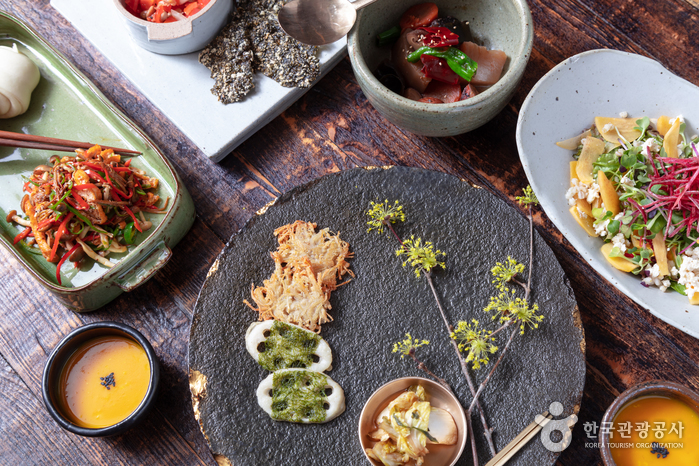
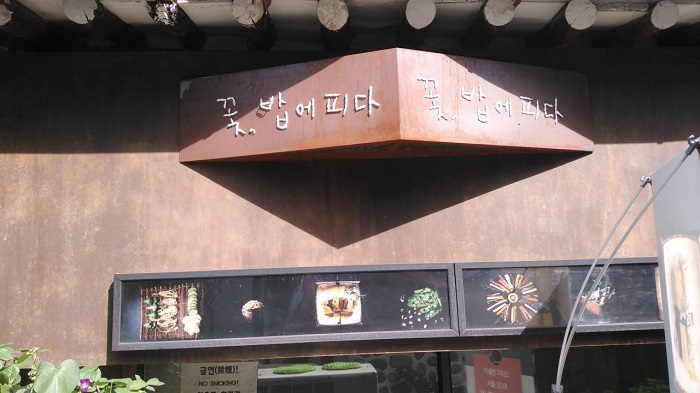
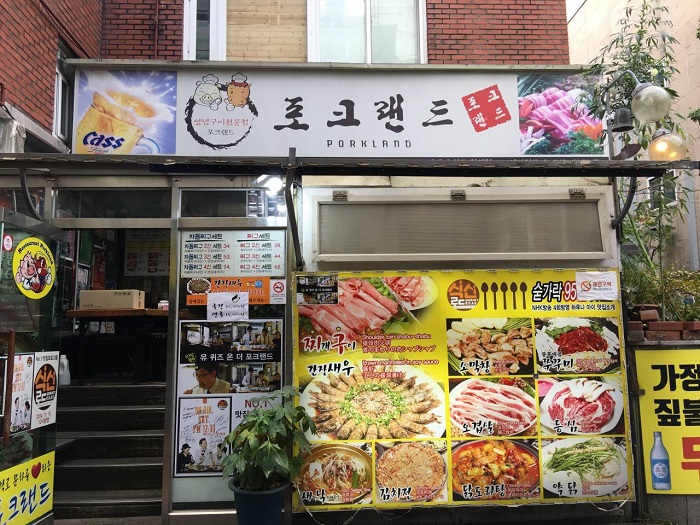
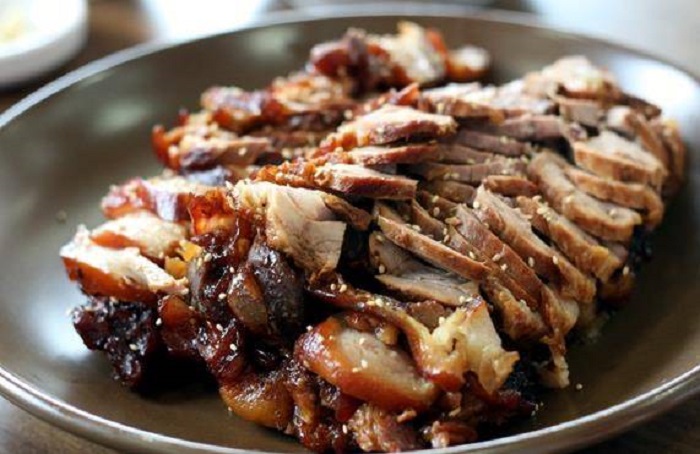
![Olens - Chung-Ang Univ. Branch [Tax Refund Shop] (오렌즈 중앙대)](http://tong.visitkorea.or.kr/cms/resource/16/2880016_image2_1.jpg)
 English
English
 한국어
한국어 日本語
日本語 中文(简体)
中文(简体) Deutsch
Deutsch Français
Français Español
Español Русский
Русский